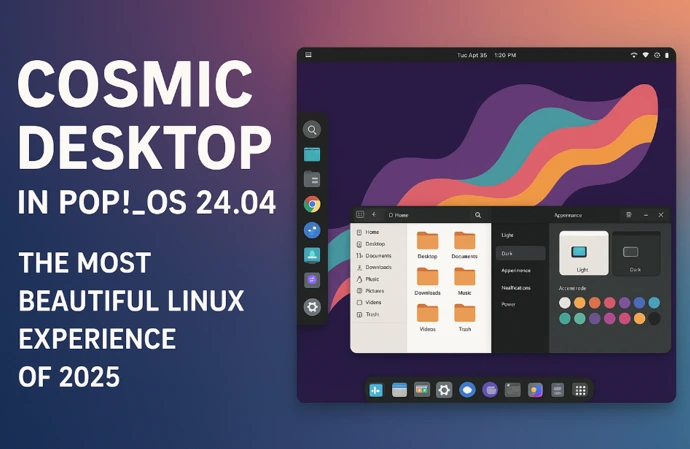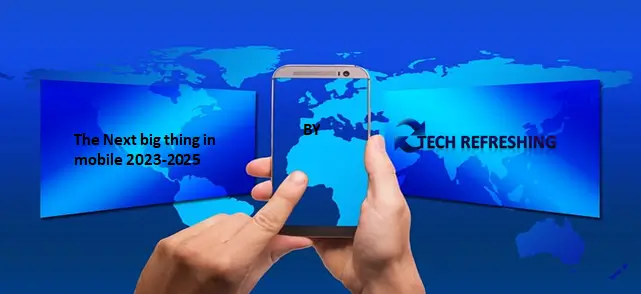
The mobile sector is evolving very fast. Smart phones are becoming more powerful and useful than ever before, but that doesn’t mean they’re perfect. Mobiles are still limited by their physical size and capabilities—so what happens when you need more? It is difficult to predict exactly what the next big thing in mobile technology will be, as the field is constantly evolving and new developments are being made all the time. However, some areas of mobile technology that are likely to see significant advancements in the coming years include:
Artificial intelligence and machine learning:
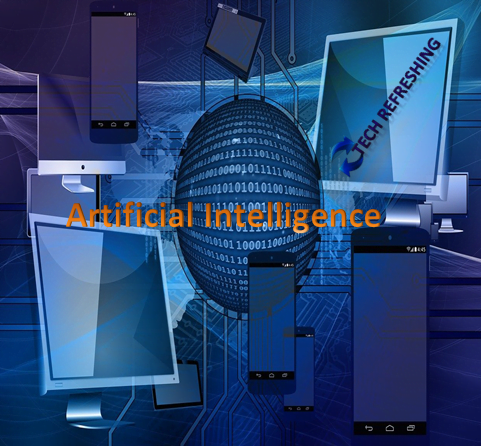
Artificial intelligence (AI) is a broad field that involves the development of intelligent computer systems that can think and act like humans. Machine learning is a subfield of Artificial Intelligence that focuses on developing algorithms that can learn from data and enhance their performance over time without being explicitly programmed.
Artificial Intelligence and machine learning are being used in many different fields, including natural language processing, image and speech recognition, recommendation systems, and decision-making systems.
There are several some approaches to developing Artificial Intelligence and machine learning systems. Some popular methods were given below:
Supervised learning:
It involves training a machine learning model on a labeled dataset, where the desired output is provided for each example in the training set. The model is then able to make predictions on new, unseen examples by using the patterns it learned from the training data.
Unsupervised learning:
This involves training a machine learning model on an unlabeled dataset, where the desired output is not provided. The model must find patterns and structure in the data on its own.
Reinforcement learning:
This involves training a machine learning model through trial and error, where the model receives feedback in the form of rewards or punishments for its actions.
Deep learning:
This involves using artificial neural networks, which are inspired by the structure and function of the human brain, to learn from data. Deep learning algorithms are particularly effective at tasks such as image and speech recognition, and have been responsible for many of the recent advances in AI.
There are several ways that artificial intelligence (AI) can benefit mobile technology:
- AI can be used to improve the overall user experience on mobile devices. For example, AI-powered personal assistants can help users find information and complete tasks more efficiently.
- AI can be used to improve security on mobile devices by analyzing user behavior and detecting unusual activity that could indicate a security threat.
- AI can be used to predict when mobile devices will require maintenance or repair, helping to minimize downtime and improve the overall reliability of the device.
- AI can be used to optimize the use of a mobile device’s battery, helping to extend its lifespan and reduce the need for frequent charging.
- AI can be used to customize the user experience on a mobile device by learning the user’s preferences and adapting to their needs.
5G connectivity:
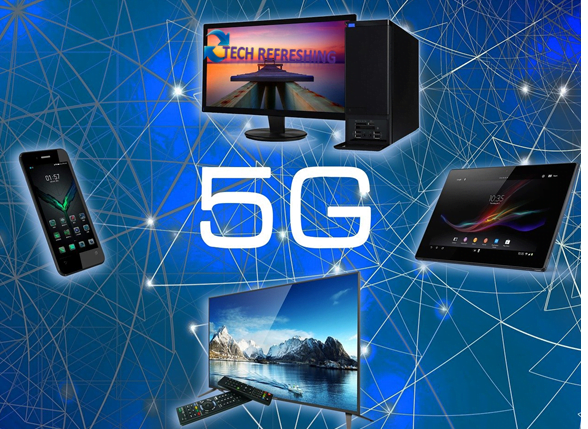
5G is a wireless technology that is the 5th generation of mobile communication systems, providing faster speeds and more reliable connections than previous generations of mobile networks. It is designed to support a wide range of applications, including high-definition video streaming, virtual reality, and the internet of things (IoT).
5G networks operate in a different frequency band than previous generations of mobile networks, and they use advanced technologies such as beamforming and massive MIMO (multiple input, multiple output) to increase capacity and improve coverage. These technologies allow 5G networks to support a larger number of devices and higher data rates, making them ideal for applications that require a lot of bandwidth or low latency.
5G networks are being deployed in many countries around the world, and most major mobile carriers now offer 5G service in at least some areas. Some of the benefits of 5G include faster download and upload speeds, lower latency, and improved coverage in dense urban areas. However, the availability of 5G service varies depending on the location and the mobile carrier, and not all devices are compatible with 5G networks.
Augmented and virtual reality:
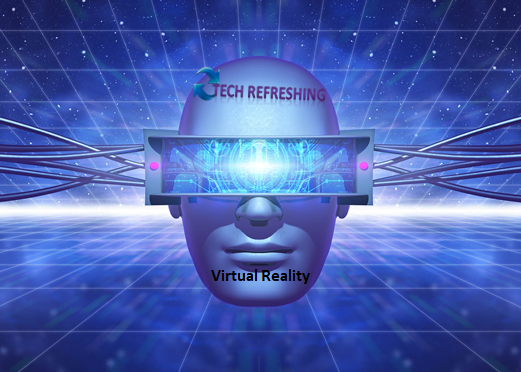
Augmented reality (AR) and virtual reality (VR) are two related but distinct technologies that allow users to experience and interact with digital content in a way that feels more immersive and realistic than traditional computer-based media.
AR refers to the use of technology to overlay digital content onto the real world, typically through a smartphone or tablet camera. This allows users to see and interact with virtual objects as if they were physically present in the same space. Examples of AR include Pokemon Go, where players see virtual creatures superimposed onto the real world through their phone’s camera, and Snapchat filters, which allow users to add virtual elements like hats or makeup to their own faces in real-time.
VR, on the other hand, is a fully immersive digital environment in which users can interact with virtual objects and experiences as if they were physically present. VR typically requires the use of specialized hardware, such as a headset or gloves, to provide a fully immersive experience. Examples of VR include video games, training simulations, and virtual tours of real or fictional locations.
Both AR and VR have a wide range of applications in industries such as gaming, entertainment, education, and healthcare. They have the potential to revolutionize the way we interact with digital content and could have significant impacts on fields as diverse as psychology, education, and entertainment.
Internet of Things (IoT):
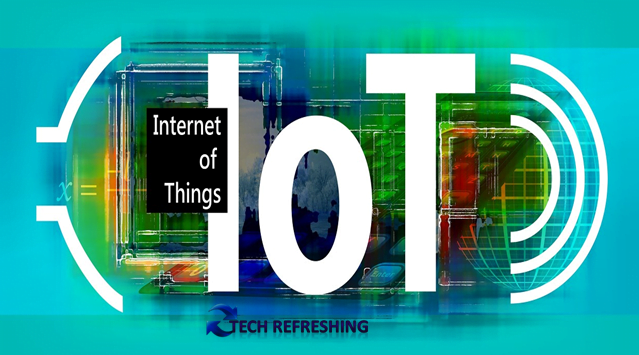
The Internet of Things (IoT) refers to the network of physical devices, vehicles, buildings, and other objects that are embedded with sensors, software, and connectivity to enable them to exchange data and perform various tasks. These connected devices can communicate with each other and with central servers or cloud-based services to perform a wide range of functions, such as gathering and analyzing data, automating tasks, and controlling various devices and systems.
Examples of Internet of Things devices include smart thermostats, security cameras, smart appliances, and wearable devices. The data collected by these devices can be used to improve efficiency, reduce costs, and enhance the overall user experience. However, the widespread adoption of Internet of Thing devices also raises concerns about data privacy and security, as the collection and transmission of data by these devices can potentially be exploited by malicious actors.
Foldable and flexible displays:
Foldable and flexible displays are a type of display technology that allows a device to have a screen that can be folded or bent. These types of displays are still in the early stages of development, but they have the potential to revolutionize the way we use devices.
Foldable displays can be folded like a traditional book, allowing for a device to have a larger screen size when unfolded, but a smaller and more portable form factor when folded for example Samsung Galaxy Z Fold4. Flexible displays, on the other hand, can be bent or curved to fit a variety of form factors, such as a wristband or a headset.
There are several different technologies being developed to create foldable and flexible displays, including OLED (organic light-emitting diode), AMOLED (active-matrix organic light-emitting diode), and microLED (micro-light-emitting diode). Each of these technologies has its own strengths and weaknesses, and it is likely that different types of devices will use different technologies depending on their specific needs.
Samsung Galaxy z fold series have the best foldable phones available in market. IPhone recently announce that they are working on foldable phone. IPhone Fold with flexible OLED display may launch in the year 2025.
Conclusion:
The field of mobile technology is constantly evolving and it is difficult to predict exactly what the next big thing will be. Some possibilities for the future of mobile technology include artificial intelligence and machine learning, the rollout of 5G networks, foldable and flexible devices, and the Internet of Things. These and other emerging technologies will likely shape the way we live, work, and interact with the world around us in the coming years from 2023 to 2025.



